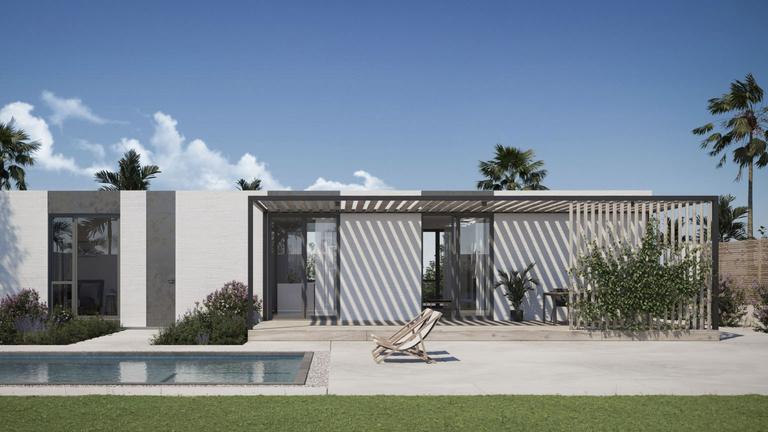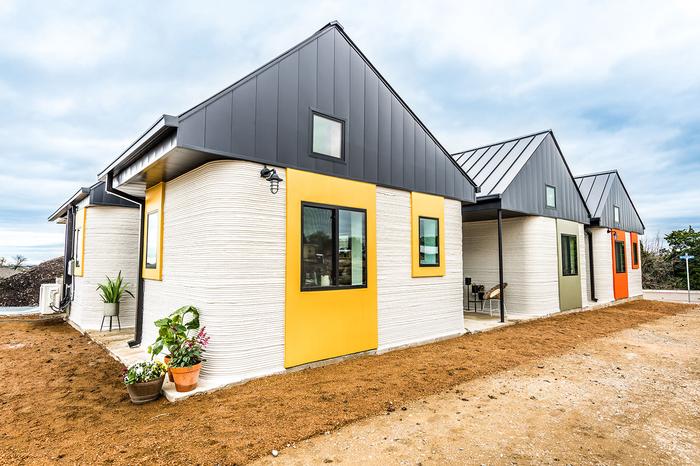
A lot of 3D-printed architecture is focused on creating relatively simple and utilitarian structures that look functional but show little thought paid to aesthetics. However, leading 3D printing firm Icon has joined forces with prestigious studio Lake|Flato to create what they hope will become a new genre of homes that combine the benefits of 3D printing technology with the design chops of high-profile firms.
Originally unveiled back in 2021, House Zero is located in Austin, Texas, and features a modernist ranch style that's not too dissimilar from Lake|Flato's previous output. The interior decor is a mixture of 3D-printed curved walls, plus glass, and wood.

It measures roughly 2,000 sq ft (185 sq m), spread over one floor and includes three bedrooms, 2.5 bathrooms, as well as a kitchen and central living room. Windows and doors have been carefully situated to frame choice views and maximize natural light inside. Additionally, adjacent to the main house is a smaller accessory dwelling unit that has another bedroom and bathroom.
"While the organic nature of the 3D-printed concrete and curved walls are new design languages for us, House Zero was still entirely in line with the natural connections we seek in our architecture," said Ashley Heeren, associate at Lake|Flato. "The home expresses our shared passions for craft and performance in an inviting and comfortable family home constructed through a totally new way of building. It's been a thrill for our team to work with Icon on such an innovative home design and be a part of the future of homebuilding."
As with Icon's previous projects, the construction process made use of the firm's own Vulcan 3D printer system and a proprietary mixture of cement-like material called Lavacrete. According to Icon, its updated printer can extrude cement in layers at up to 5-10 linear inches (12-25 cm) per second, and is capable of printing homes and structures up to 3,000 sq ft (278 sq m). Once the basic house shell was printed, human builders did everything else, like adding doors, electrical wiring, glazing, and plumbing.
Austin, Texas, has become a real boom town for 3D-printed architecture thanks in large part to Icon, which is based locally. House Zero follows its completed 3D-printed home development and unveiling of plans for a second in the city. A company representative told us that the home shown won't be up for sale in the immediate future, but if you're in the area and would like to see it for yourself, it will be available to tour on March 14-15 during Austin's SXSW festival.